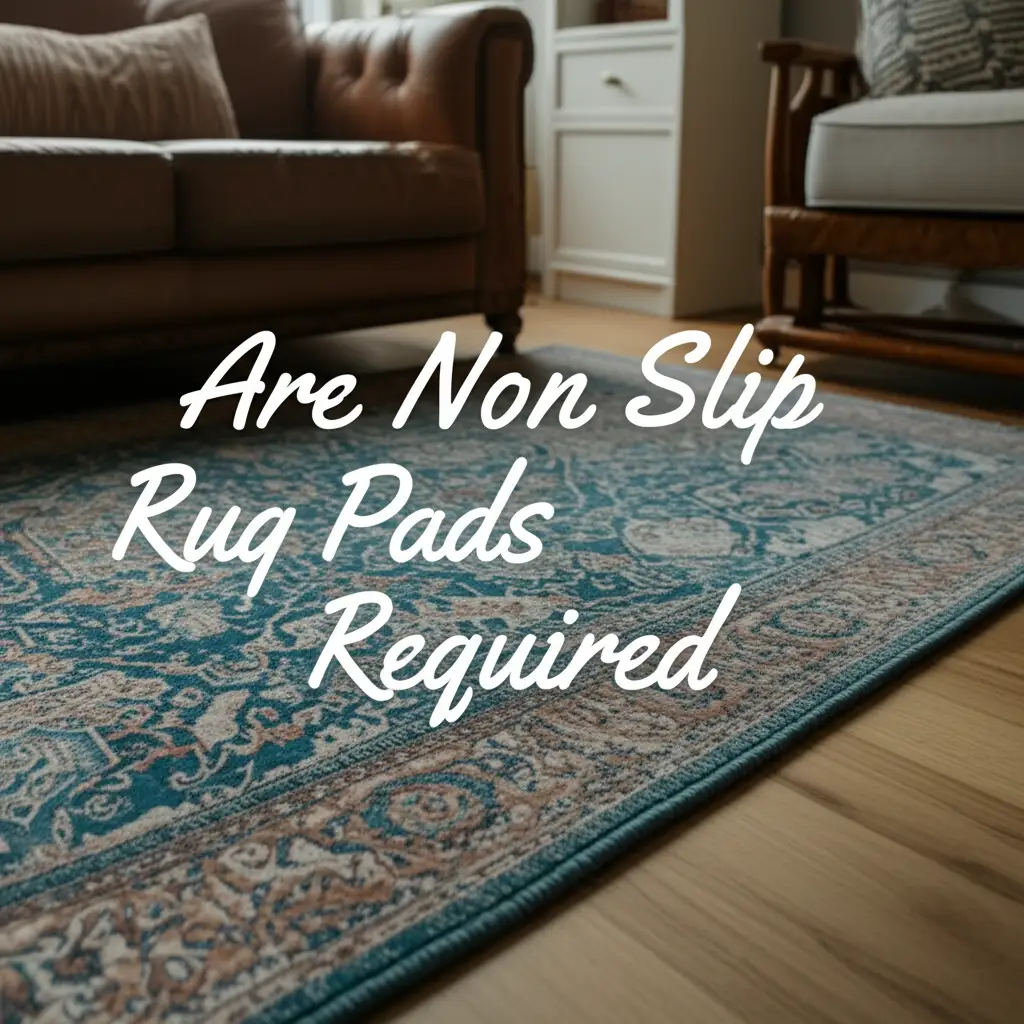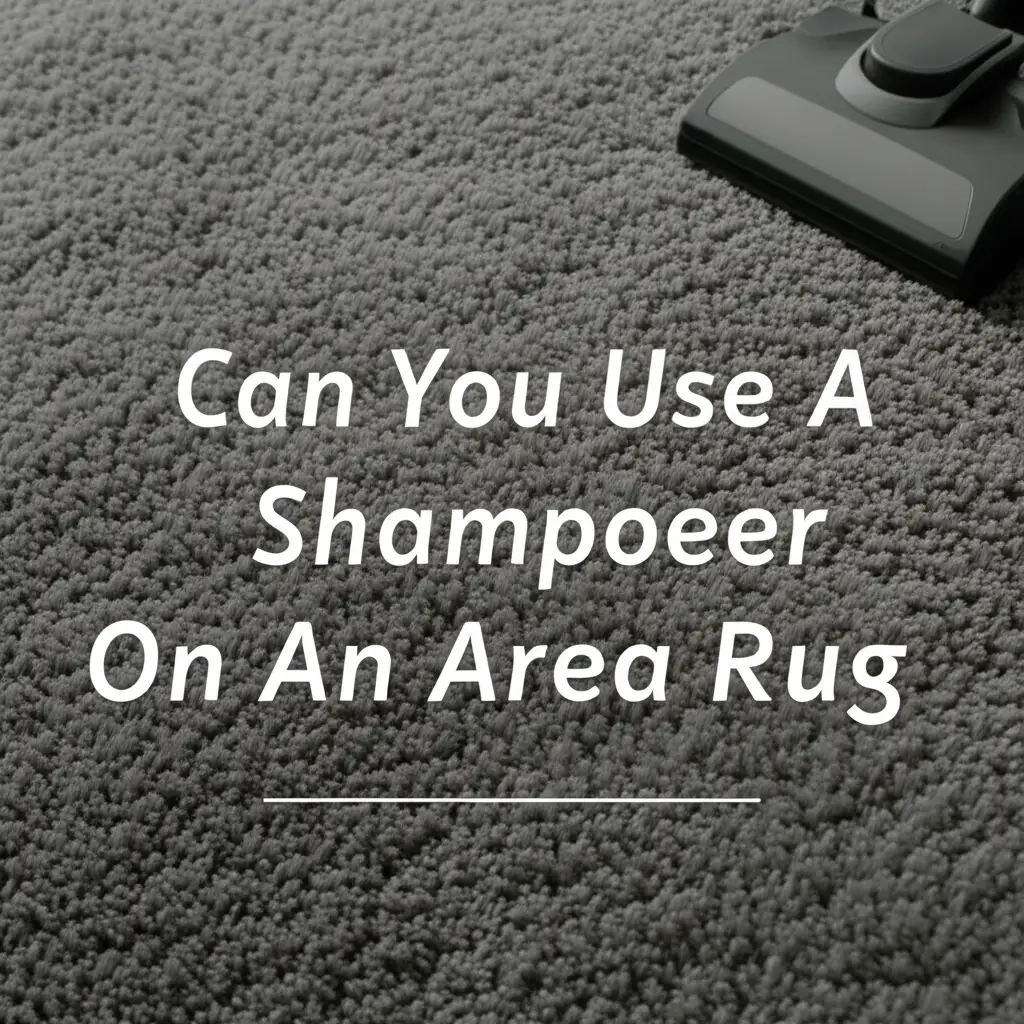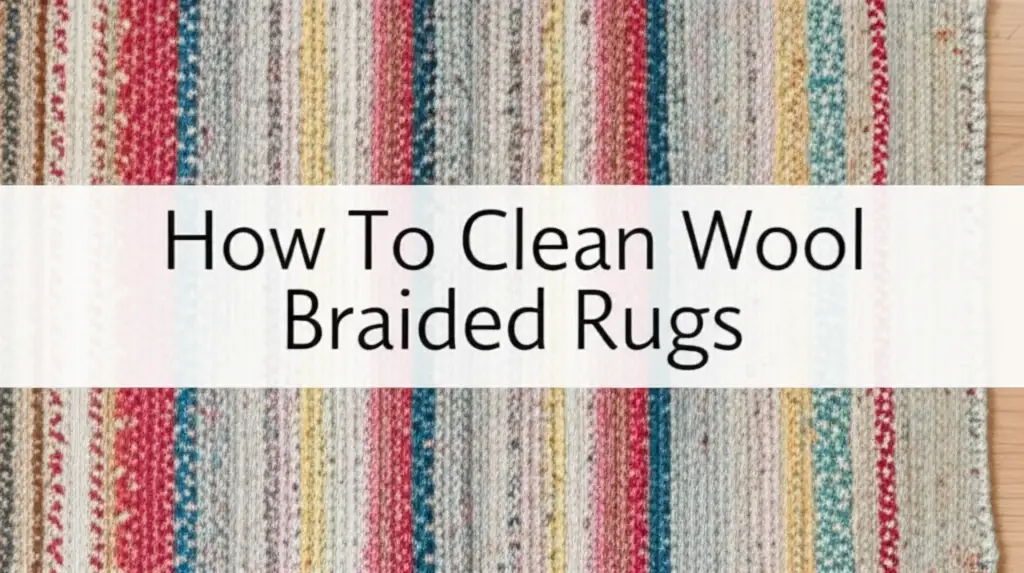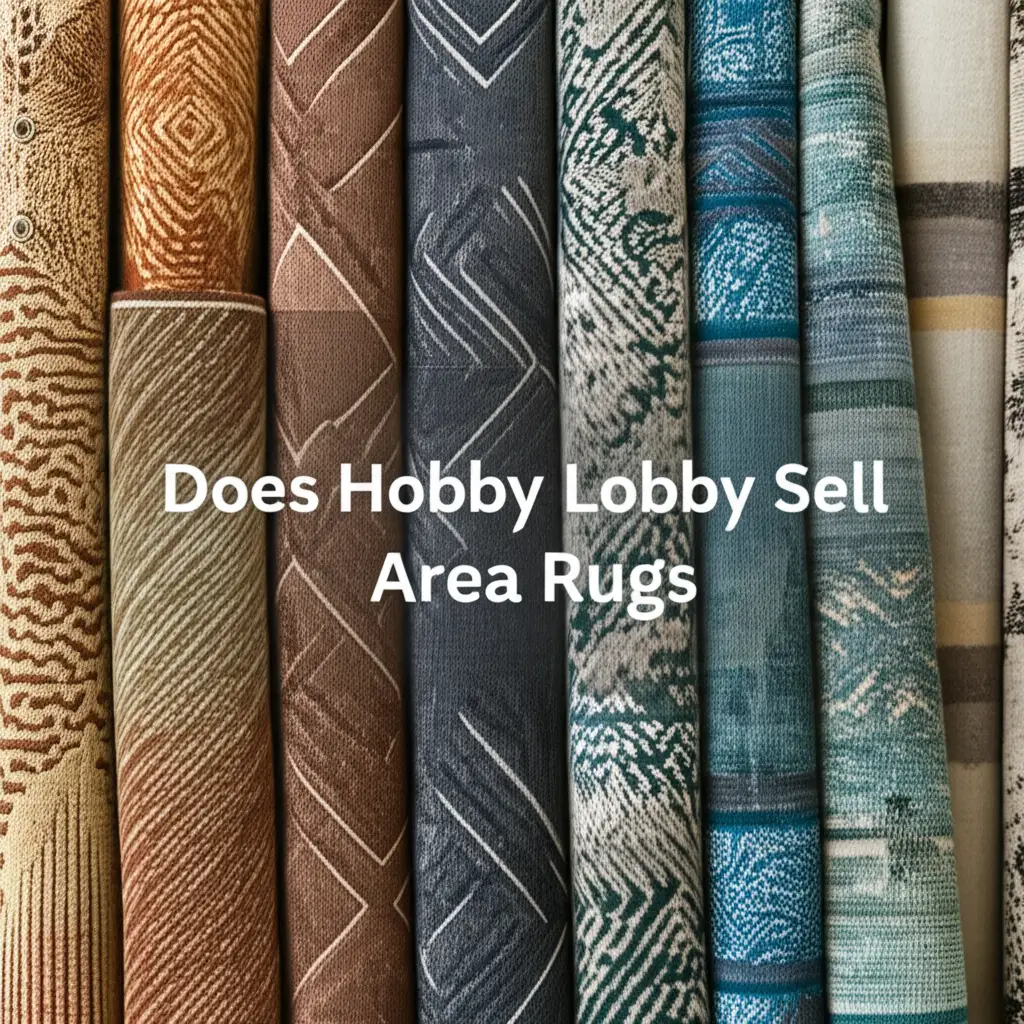· Tessa Winslow · Rugs & Carpets · 17 min read
How Long Are Rugs Supposed To Last

Unlock the Lifespan of Your Rugs: A Comprehensive Guide
Have you ever wondered about the true longevity of your beautiful floor coverings? It’s a common question I hear often: “How long are rugs supposed to last?” Many people invest in rugs to add warmth, style, and comfort to their homes, but few consider how long these items will truly serve them. The answer is not simple. A rug’s lifespan depends on many things, from its material to how you care for it.
Understanding the factors that influence how long rugs last can help you make smart choices. It also guides you in proper maintenance. This article will explain what impacts rug longevity. We will cover different materials, placement, and cleaning methods. I will also share tips to help you extend the life of your rugs. By the end, you will know exactly how to get the most out of your cherished floor pieces.
Takeaway
- Material Matters: Natural fibers like wool and silk often last longer than synthetics.
- Location Impact: High-traffic areas reduce a rug’s lifespan significantly.
- Regular Cleaning: Proper and consistent cleaning prevents dirt buildup and fiber damage.
- Protective Measures: Using rug pads and rotating rugs prolongs their life.
- Professional Care: Deep cleaning and timely repairs are crucial for long-term preservation.
A rug’s expected lifespan varies widely. It can be anywhere from 3-5 years for a low-cost, synthetic rug in a high-traffic area, to 50 years or even centuries for a high-quality, handmade rug that receives proper care. The quality of materials, foot traffic, and maintenance practices are key factors.
Understanding Rug Lifespan: Factors That Influence Longevity
The question of “how long are rugs supposed to last” has no single answer. Many elements work together to decide a rug’s lifespan. Think of a rug as a living part of your home. It interacts daily with people, pets, and the environment. These interactions directly affect its wear and tear. Knowing these factors helps you predict how long your rug will serve you. It also helps you take steps to make it last longer.
One major factor is the quality of the rug itself. A rug made with superior materials and construction will naturally withstand more use. For example, hand-knotted rugs are typically more durable than machine-made ones. This is because of the intricate knotting process. Handmade rugs also often use higher-quality fibers. This makes them resistant to daily wear. In contrast, cheaper rugs might use less durable fibers. Their construction might be simpler. This means they will show signs of wear much faster. I always tell my friends to consider the initial investment. A higher-quality rug often pays for itself over time.
Another important point is the foot traffic it receives. A rug in a busy hallway will wear out faster than one under a bed. Areas like entryways, living rooms, and dining areas see constant movement. This constant friction breaks down fibers over time. Even if you place how long is a carpet runner in a hallway, it will still experience more wear than a decorative rug in a guest room. Lightly used rugs, like those in a formal dining room or a quiet study, retain their beauty longer. They face less physical stress daily. This shows that placement significantly influences longevity.
Environmental conditions also play a role. Sunlight can fade colors. High humidity can encourage mold growth. Low humidity can make fibers brittle. Even tiny dust particles act like sandpaper on rug fibers. They slowly grind away at the material. Proper indoor climate control helps protect your rugs. Regular dusting also prevents this abrasive action. Protecting your rug from the elements extends its life significantly.
Material Matters: How Fiber Type Impacts Your Rug’s Life
The type of fiber a rug is made from is perhaps the most important factor in determining its lifespan. Different materials have unique properties. These properties dictate how well the rug resists wear, stains, and fading. Understanding rug materials helps you choose a rug that fits your lifestyle. It also guides you in proper care. I always suggest looking at the fiber content before buying a rug.
Wool rugs are famous for their durability and natural resilience. Wool fibers are strong and elastic. They bounce back even after heavy foot traffic. This natural elasticity makes wool rugs resist crushing and matting. Wool also has natural lanolin. This makes it somewhat resistant to stains and dirt. A high-quality wool rug, like a Persian rug, can last for decades, even generations, with good care. They age gracefully and can become family heirlooms.
Silk rugs offer luxurious softness and a beautiful sheen. However, silk is a delicate fiber. It is not as durable as wool for high-traffic areas. Silk rugs are often best placed in low-traffic spaces where they can be admired. They require careful cleaning and protection from direct sunlight. While they can last a long time, their longevity depends on gentle use and specialized care. They show wear more quickly if placed in busy spots.
Synthetic rugs, such as those made from nylon, polypropylene (olefin), or polyester, are popular choices. They are often more affordable and come in many colors and patterns. Nylon is known for its durability and resistance to crushing. It holds up well in high-traffic areas. Polypropylene is highly stain-resistant and moisture-resistant. This makes it good for outdoor or busy family spaces. Polyester offers good color retention and softness. While synthetic rugs may not last as long as wool or silk, they offer good value for their price point. Their lifespan might be 5-10 years, depending on quality and traffic.
Natural plant fibers, like cotton, jute, sisal, and seagrass, offer a distinct look. Cotton rugs are soft and washable. They are less durable than wool and best for low to medium-traffic areas. Jute, sisal, and seagrass rugs are very durable and strong. They offer a rustic look. However, they can be coarse and are not always soft underfoot. They also might be more prone to water stains. Their longevity depends on their specific use and how well they are kept dry. For example, a June rug might use these natural fibers and require specific care.
Location, Location, Location: Traffic and Environmental Impact on Rugs
Where you place a rug greatly affects how long it will last. A rug in a high-traffic area faces constant pressure. This leads to faster wear and tear. Imagine a rug in your main entryway or a busy living room. Footsteps, dirt, and friction happen every day. This causes the fibers to flatten, fray, and lose their vibrant color more quickly. Conversely, a rug in a guest bedroom or formal dining room sees much less activity. These rugs retain their appearance for a longer time.
Consider the amount of foot traffic each room receives.
- High-Traffic Areas: Entryways, hallways, living rooms, and family rooms. Rugs here need to be extremely durable. Think wool or high-quality nylon. These areas will show wear fastest, regardless of rug quality.
- Medium-Traffic Areas: Dining rooms, home offices, and master bedrooms. These spaces see moderate use. A good quality synthetic or cotton rug might work well here.
- Low-Traffic Areas: Guest bedrooms, formal living rooms (if rarely used), and quiet reading nooks. Delicate rugs, like silk or fine wool, can thrive in these less-used spots.
Environmental factors also play a critical role in how long rugs last. Direct sunlight is a major culprit for fading. UV rays break down dye molecules in rug fibers. This causes colors to dull and fade over time. Rotate your rugs regularly to ensure even exposure and reduce concentrated fading in one spot. Using blinds or curtains to block harsh sun rays during peak hours is also a good idea. Humidity levels are another consideration. Too much moisture in the air can lead to mildew and mold growth, especially if the rug does not dry properly. This can damage the rug’s backing and fibers. On the other hand, extremely dry air can make natural fibers brittle. This can cause them to break more easily. Maintaining a consistent indoor climate helps protect your rugs.
Pests pose a hidden threat to rug longevity. Carpet beetles, for example, can cause significant damage. These tiny insects feed on natural fibers like wool and silk. Their larvae can chew through rug backings and pile, creating bald spots. Understanding how long is the life cycle of carpet beetles helps in timely pest control. Regular vacuuming and professional cleaning reduce the risk of infestations. Always inspect your rugs for any signs of pest activity. Addressing pest issues quickly saves your rug from major damage.
The Art of Maintenance: Essential Care Practices for Rug Longevity
Proper maintenance is the cornerstone of extending your rug’s lifespan. It does not just keep your rug looking good. It actively protects its fibers from degradation. Neglecting routine care leads to dirt buildup, fiber damage, and a shortened life for your cherished rug. I always emphasize that a little effort regularly goes a long way. This approach preserves both the beauty and the function of your rug.
Regular vacuuming is the first line of defense. Dirt and grit are abrasive. They act like tiny knives, cutting at the rug fibers as people walk across them. Frequent vacuuming removes these harmful particles before they can cause deep damage. For high-traffic areas, vacuum two to three times a week. For low-traffic areas, once a week or every other week is sufficient. Use a vacuum with strong suction. Adjust the brush height for your rug type. Delicate rugs, like hand-knotted or wool, may require a suction-only setting or a gentler brush.
Spot cleaning spills quickly is crucial. Spills can set into stains if not addressed immediately. Use a clean cloth and blot the spill, do not rub it. Rubbing can spread the stain and damage the fibers. Always use a gentle cleaning solution appropriate for your rug’s material. Test it on an inconspicuous area first. Some rugs, like June rugs, might be machine washable, but always check the care label. For most area rugs, prompt blotting is key. Knowing how to clean area rugs inside prevents permanent damage.
Rotating your rug periodically is another simple yet effective strategy. Foot traffic and sunlight can cause uneven wear and fading. By rotating your rug 180 degrees every 6-12 months, you distribute the wear more evenly. This also allows different sections to be exposed to sunlight, reducing concentrated fading. This simple action helps maintain a consistent appearance across the entire rug. It delays the need for replacement due to uneven wear.
Using a rug pad is a protective measure that many people overlook. A good quality rug pad offers several benefits. It prevents the rug from slipping, which enhances safety. It also provides a cushioned layer between the rug and the floor. This cushioning absorbs impact from foot traffic. It protects the rug fibers from crushing. A rug pad also improves air circulation under the rug, which helps prevent moisture buildup and potential mold. The right pad can significantly extend the life of your rug by reducing wear.
Professional Cleaning and Repair: When to Seek Expert Help
While regular home maintenance is vital, professional cleaning and timely repairs are equally important for maximizing your rug’s lifespan. Some dirt and grime settle deep within the rug fibers. Your home vacuum cannot reach these particles. Professional cleaners have specialized equipment and knowledge. They can remove this deep-seated dirt effectively. They also know the best methods for different rug materials. This prevents damage that might occur with DIY deep cleaning.
Professional cleaning should happen every 12 to 18 months. This frequency can vary based on foot traffic and household conditions. If you have pets, children, or host many guests, you might need it more often. A professional cleaning extracts accumulated dirt, allergens, and microscopic debris. This not only makes your rug look cleaner but also improves indoor air quality. They also know how long for carpet to dry after Bissell, ensuring proper drying to prevent mold. They ensure the rug is thoroughly dried. This is crucial to prevent mildew. Mold can ruin a rug very quickly.
Repairing small damages promptly can prevent them from becoming larger, more costly problems. Fraying edges, loose threads, or small holes may seem minor at first. However, if left unattended, they can unravel further. This can compromise the entire rug structure. Professional rug repair specialists can re-fringe, re-bind, or re-weave damaged areas. They use techniques that match the rug’s original construction. For example, repairing a wool braided rug requires specific skills. Addressing these issues early saves the rug. It extends its functional and aesthetic life.
Consider the value of your rug when deciding on professional repair. For expensive or antique rugs, professional repair is an investment. It maintains the rug’s integrity and value. For less expensive rugs, the cost of repair might outweigh the rug’s worth. In such cases, replacing the rug might be more economical. A skilled repair person can assess the damage. They can tell you if repair is feasible and cost-effective. They understand different rug types. They can handle even Rachel Ray distressed rugs with care.
Recognizing the Signs: When Your Rug Needs Replacement
Even with the best care, rugs do not last forever. Knowing when a rug has reached the end of its useful life is important. It helps you decide when to replace it. Replacing a worn-out rug ensures your home looks its best. It also maintains a healthy living environment. I have seen many rugs that have given their all. It is hard to let them go, but sometimes it is necessary.
One clear sign is visible wear and tear that cannot be fixed. This includes significant fraying along the edges that professional binding cannot salvage. Look for large bald spots where the pile has worn away completely. These areas might expose the rug’s backing. Fading that affects the entire rug and makes it look dull is also a sign. If the rug’s patterns or colors are no longer clear, it might be time for a change. These aesthetic damages decrease the rug’s appeal. They often cannot be reversed.
Another critical indicator is a persistent unpleasant odor. Rugs can absorb pet accidents, spills, and moisture over time. If a rug retains a smell even after professional cleaning, it might be a sign of mold or mildew deep within the fibers or backing. These odors are not only unpleasant but can also affect indoor air quality. For instance, salmonella can live on carpet for extended periods, highlighting the importance of deep cleaning or replacement for hygiene reasons. If odors persist, the rug may be harboring bacteria or fungi that cannot be removed.
Structural damage also signals the need for replacement. Check the rug’s backing. If it is crumbling, cracking, or becoming brittle, the rug’s stability is compromised. This can lead to shedding and unevenness. If the rug no longer lays flat or develops permanent ripples, it might be a tripping hazard. These issues indicate that the rug’s foundation is failing. This means it can no longer safely or effectively perform its function.
Consider how the rug contributes to your home’s overall aesthetic. If a rug is simply outdated or no longer fits your décor style, replacement is a valid option. A rug is a design element. If it no longer enhances your space, it has served its purpose. Sometimes, getting a new rug simply breathes fresh life into a room. You might be ready for a change.
Maximizing Your Rug Investment: Tips for Extending Lifespan
Extending the lifespan of your rugs is about more than just cleaning. It involves a holistic approach to care and usage. Every rug represents an investment. Whether it is a small accent piece or a large area rug, you want it to last. By following these tips, you can maximize your rug’s beauty and utility for many years. I have personally used these strategies to keep my own rugs looking new.
Implement Regular Cleaning Habits:
- Vacuum Frequently: As mentioned, vacuuming often removes abrasive dirt. This prevents fiber damage. High-traffic areas need more attention.
- Address Spills Immediately: Blot spills, do not rub. Use appropriate cleaners for the rug material. Quick action prevents stains from setting permanently.
- Deep Clean as Needed: Schedule professional cleanings every 12-18 months. This removes deep-seated dirt that regular vacuuming misses. It also revitalizes the fibers.
Protect Your Rug from Wear and Tear:
- Use a Rug Pad: A good rug pad provides cushioning and prevents slipping. It absorbs impact, protecting rug fibers from crushing and extending the rug’s life.
- Rotate Your Rug: Turn your rug 180 degrees every 6-12 months. This distributes foot traffic and sunlight exposure evenly. It prevents uneven wear and fading.
- Place Mats at Entryways: Use walk-off mats at all entrances. These mats trap dirt and moisture before they reach your rugs. This significantly reduces the amount of soil tracked onto your interior floor coverings.
Manage Environmental Factors:
- Control Sunlight Exposure: Use blinds, curtains, or UV-filtering window films. This prevents colors from fading. Intense direct sunlight is a major cause of rug degradation.
- Maintain Stable Humidity: Keep indoor humidity levels between 30% and 50%. This prevents both brittleness from dry air and mold growth from excessive moisture. Use humidifiers or dehumidifiers if needed.
- Protect from Pests: Regular vacuuming helps deter pests. If you suspect an infestation, act quickly. Carpet beetles and moths can severely damage natural fiber rugs.
Address Damage Promptly:
- Perform Minor Repairs: Fix small snags or loose threads as soon as you notice them. Using a pair of scissors to trim a loose thread or carefully re-tucking a small snag can prevent larger damage from unraveling.
- Seek Professional Repair: For larger damage, such as tears, holes, or extensive fraying, consult a professional rug repair specialist. They can re-weave or re-fringe sections, restoring the rug’s integrity. This is often more cost-effective than replacing a valuable rug.
By consistently applying these preventative and restorative measures, you are not just extending the functional life of your rug. You are also preserving its beauty and investment value.
FAQ Section
How often should I clean my rug? You should vacuum your rug at least once a week, more often in high-traffic areas. Professional deep cleaning is recommended every 12 to 18 months. This removes embedded dirt and allergens that regular vacuuming cannot reach. It refreshes the fibers and extends the rug’s overall life.
Do expensive rugs last longer? Generally, yes, expensive rugs tend to last longer. They are often made from higher-quality materials like virgin wool or silk and crafted with superior construction methods like hand-knotting. These factors contribute to greater durability, resilience, and resistance to wear compared to cheaper, machine-made synthetic rugs.
Can direct sunlight damage rugs? Absolutely. Direct sunlight contains harmful UV rays. These rays can cause the dyes in your rug fibers to break down and fade over time. This leads to irreversible color loss and can weaken the fibers. Rotate your rug regularly and use window treatments to protect it from harsh sun.
How do I protect my rug from pets? Protect your rug from pets by regularly vacuuming to remove pet hair and dander. Address pet accidents immediately using appropriate enzymatic cleaners to neutralize odors and prevent stains. Consider durable, easy-to-clean materials like nylon or polypropylene. Regularly trim pet claws to reduce snags.
Is it worth repairing an old rug? It depends on the rug’s value and the extent of the damage. For antique, handmade, or expensive rugs, professional repair is often a worthwhile investment. It preserves the rug’s integrity and value. For less costly or severely damaged rugs, the repair cost might exceed its replacement value.
What is the average lifespan of a rug? The average lifespan of a rug varies significantly based on its material, traffic, and care. Low-quality synthetic rugs in high-traffic areas might last 3-5 years. Quality wool rugs can last 20-50 years. Exceptionally well-cared-for antique rugs can last for centuries.
Conclusion
Understanding “how long are rugs supposed to last” involves looking at many factors. From the type of fiber used to where you place it, every detail plays a part. I have learned that a rug’s longevity is not just about its initial quality. It is also about the care and attention you give it throughout its life. By making smart choices and following good maintenance habits, you can greatly extend your rug’s lifespan.
Remember, investing in a quality rug is a long-term decision. Proper care includes regular vacuuming, immediate spill cleanup, and professional deep cleaning. Protecting your rug from heavy traffic and direct sunlight is also key. When you commit to these practices, your rugs will not just last longer. They will continue to enhance your home’s beauty and comfort for many years to come. Make sure to consider these tips. Take action to ensure your rugs remain vibrant and durable. Your rugs are worth the effort.





